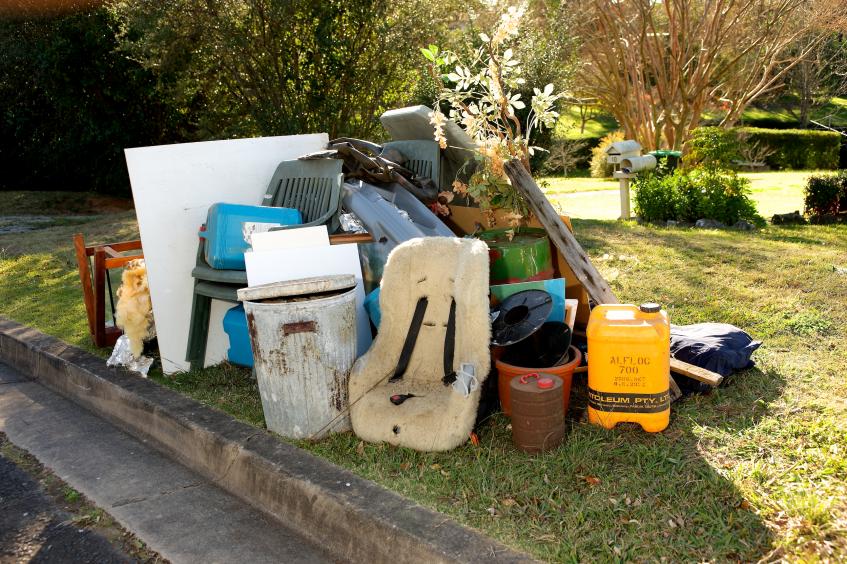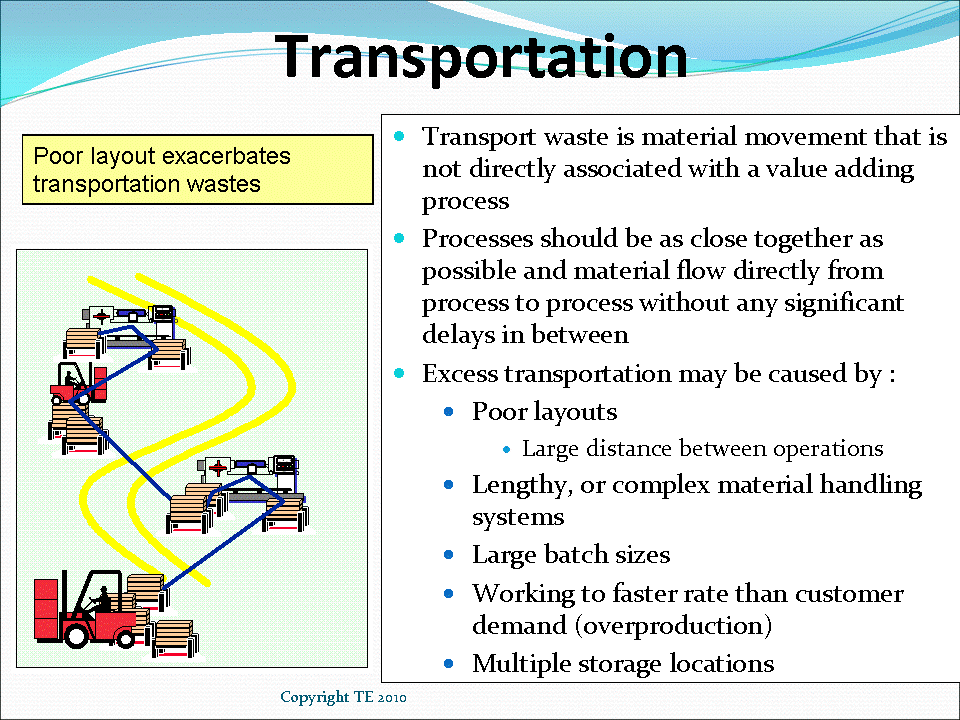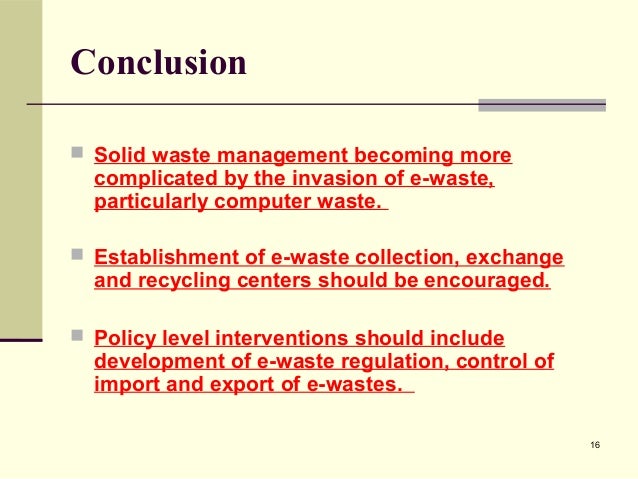Process Of Waste Management Presentation
| Introduction to Waste Management | ||
|---|---|---|
| Waste management refers to the process of collecting, transporting, processing, recycling, and disposing of waste materials. It is crucial for maintaining a clean and healthy environment. Effective waste management helps to reduce pollution and conserve natural resources. | ||
| 1 | ||
| Waste Generation | ||
|---|---|---|
| Waste is generated from various sources such as households, industries, commercial establishments, and construction sites. The amount and type of waste generated vary based on population, lifestyle, and economic activities. Proper waste management begins with understanding the sources and composition of waste. | ||
| 2 | ||
| Waste Collection | ||
|---|---|---|
| Waste collection involves the systematic gathering and removal of waste from its source. It is important to have well-organized collection systems to ensure the efficiency and effectiveness of waste management. Collection methods may include curbside pickup, dumpsters, or specialized collection services for hazardous waste. | ||
| 3 | ||
| Waste Transportation | ||
|---|---|---|
| Waste transportation involves the movement of collected waste to processing or disposal facilities. Transportation methods may include trucks, trains, or barges. Proper transportation ensures safe handling and prevents leakage or spillage of waste materials. | ||
| 4 | ||
| Waste Processing | ||
|---|---|---|
| Waste processing is the next step after collection and transportation. It involves sorting, separating, and treating waste to facilitate recycling or disposal. Processing methods may include composting, incineration, or mechanical and biological treatment. | ||
| 5 | ||
| Recycling | ||
|---|---|---|
| Recycling is a key component of waste management that aims to convert waste materials into reusable products. It helps reduce the consumption of raw materials and saves energy. Recycling processes may involve sorting, cleaning, and processing waste materials into new products. | ||
| 6 | ||
| Waste Disposal | ||
|---|---|---|
| Waste disposal refers to the final step in waste management, where waste materials that cannot be recycled are safely disposed of. Common disposal methods include landfilling, incineration, and deep well injection. Proper disposal facilities should be designed and managed to minimize environmental impacts. | ||
| 7 | ||
| Waste-to-Energy | ||
|---|---|---|
| Waste-to-energy is an innovative approach to waste management that involves converting waste into usable forms of energy. Technologies such as incineration or anaerobic digestion can generate electricity or heat from waste. Waste-to-energy reduces landfill space and contributes to sustainable energy production. | ||
| 8 | ||
| Sustainable Practices | ||
|---|---|---|
| Sustainable waste management practices aim to minimize waste generation and maximize resource recovery. These practices include waste reduction, source separation, and promoting the use of eco-friendly products. Adopting sustainable practices helps conserve resources, reduce pollution, and promote a circular economy. | ||
| 9 | ||
| Conclusion | ||
|---|---|---|
| Waste management is a critical process for maintaining a clean and healthy environment. It involves waste collection, transportation, processing, recycling, and disposal. By adopting sustainable practices, we can minimize waste generation and contribute to a more sustainable future. | ||
| 10 | ||








